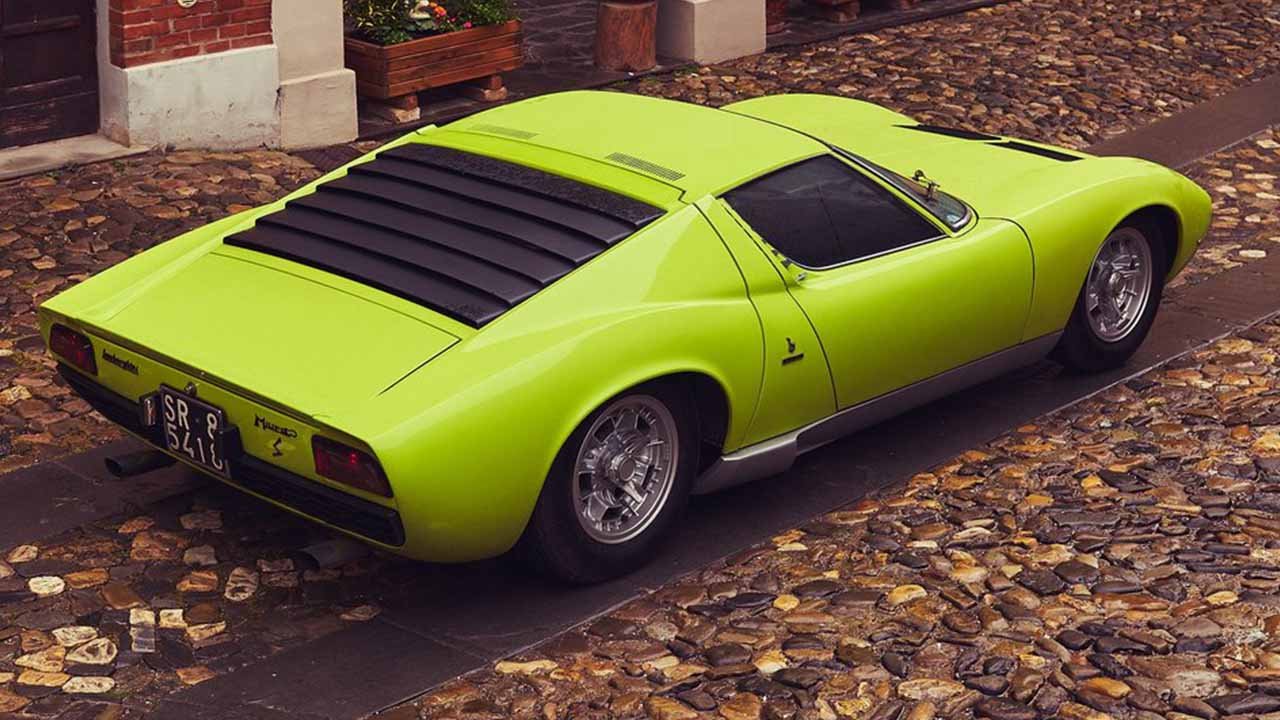When the Lamborghini Miura first appeared in 1966, it set new records as the world’s fastest production vehicle. The Miura set the standard for sports cars at the time, achieving a top speed of 280 km/h and accelerating from 0 to 100 km/h in 6.7 seconds. It is widely regarded as the first supercar.
Ferruccio Lamborghini founded his sports car company in an attempt to compete with Ferrari. His first car, the 350GT, launched in 1964 and was instantaneously praised as a worthy rival to modern Ferrari grand tourers. But it was his second car, the mid-engined Miura, that really hurt Maranello.

Miura held a unique place in automotive history. It was regarded as the world’s first “supercar,” a term coined by automotive writer LJK Setright to describe this vehicle’s exotic appearance, advanced design, and incredible performance. The latter may have been overstated by Lamborghini, who initially claimed it could reach 300 km/h.
The Miura was dubbed a supercar for its advanced mid-engined design. At the time, mid-engined setups were thought to be either impossible or unnecessary for road cars (among them included Enzo Ferrari). Prior to the Lamborghini, a few cars attempted to use it on the road, but the majority of them were actually road-legal race cars, such as the 1954 Porsche 550 Spyder or 1964 Ford GT40.
Only the De Tomaso Vallelunga, which debuted a year before Miura, was a true mid-engined road car. Of course, the 4-cylinder De Tomaso was not a supercar. Lamborghini was the first to use a mid-engine in a serious performance vehicle.
The most significant contribution Miura made to history was launching a two-horse supercar race between Lamborghini and Ferrari. In 1969, Ferrari reclaimed the world’s fastest car title from Miura with the Daytona 365GTB/4.
In 1974, Lamborghini responded with the even more ambitious Countach, and Ferrari responded with the 365/512BB. In 2022, the ‘supercar war’ is still going on.







